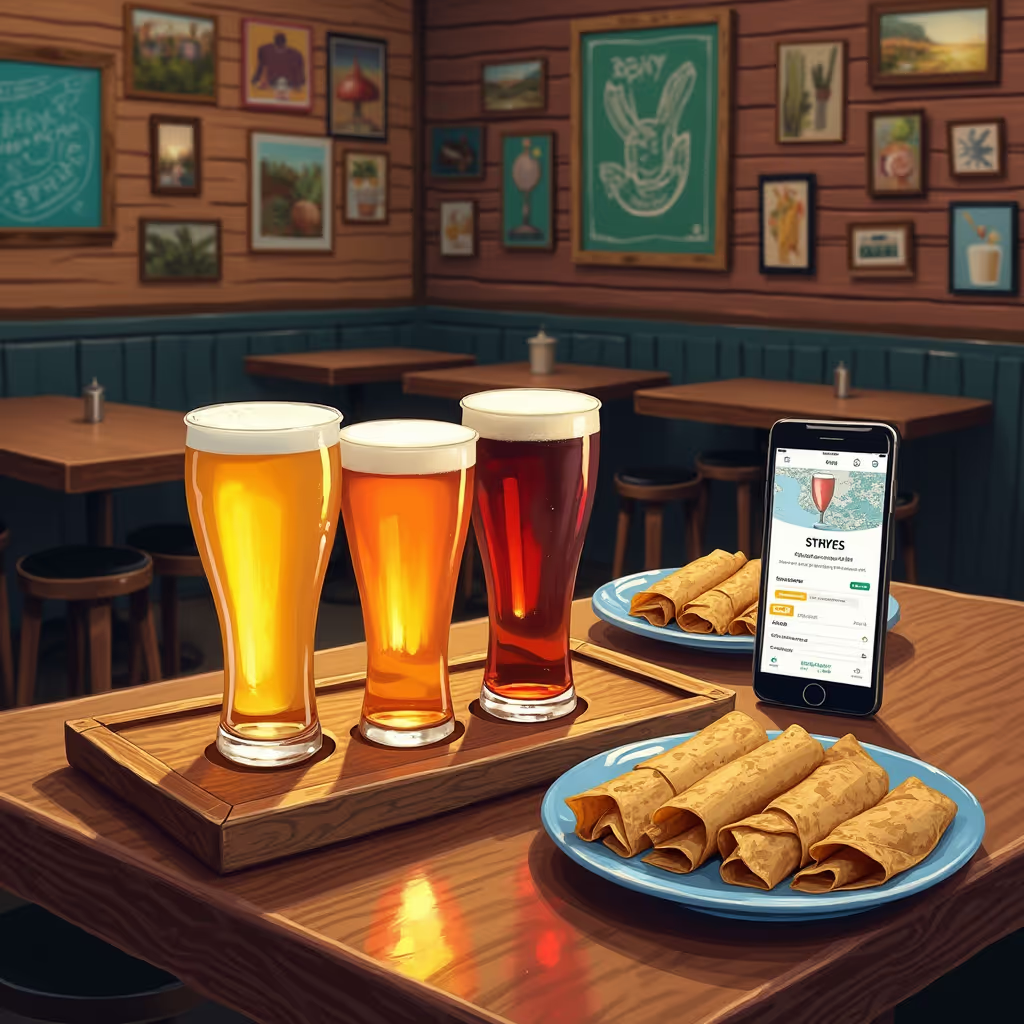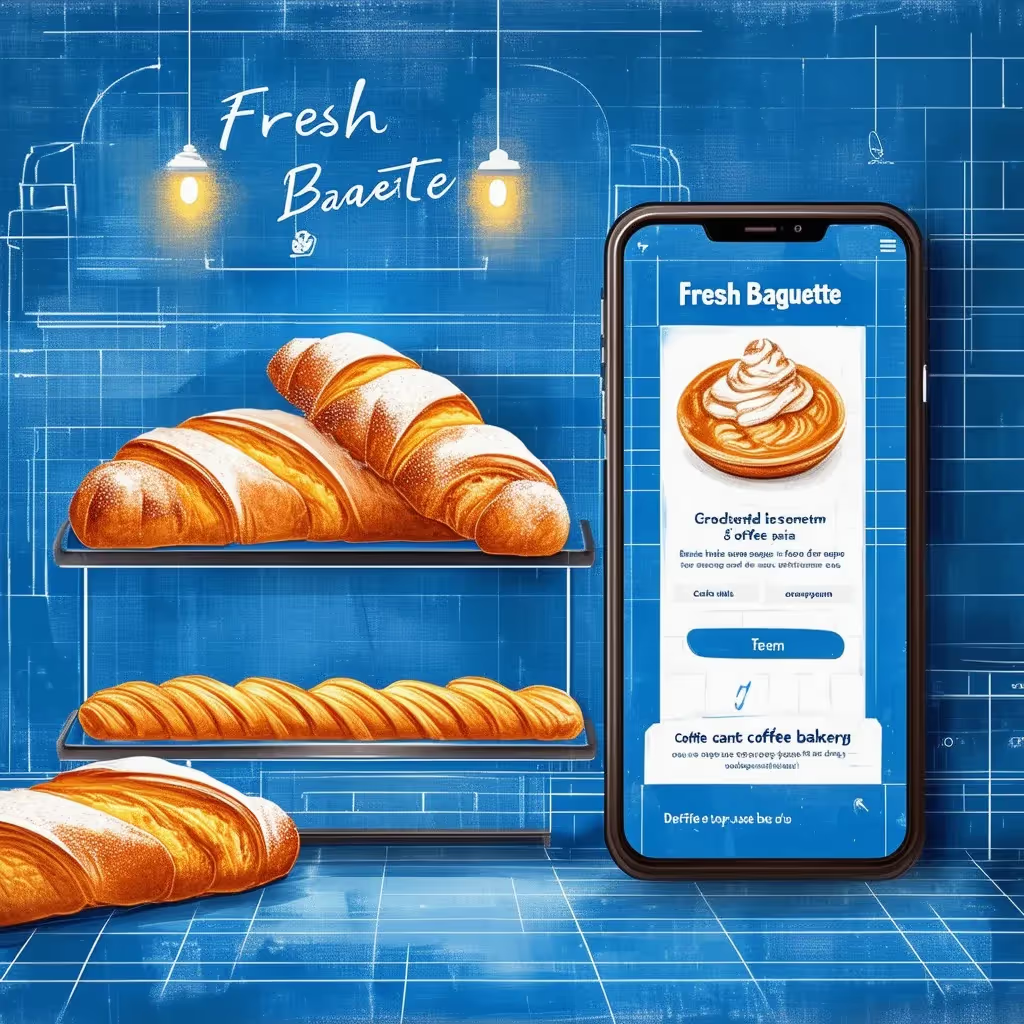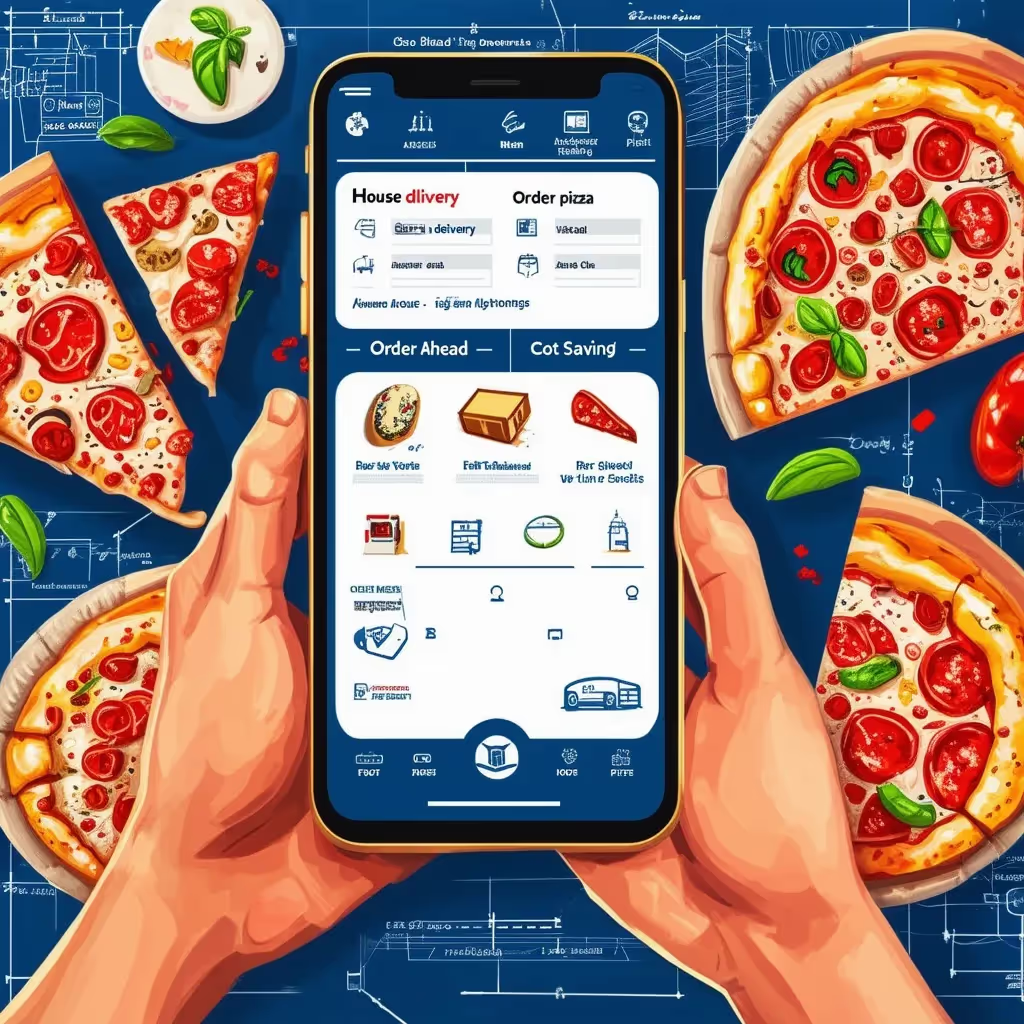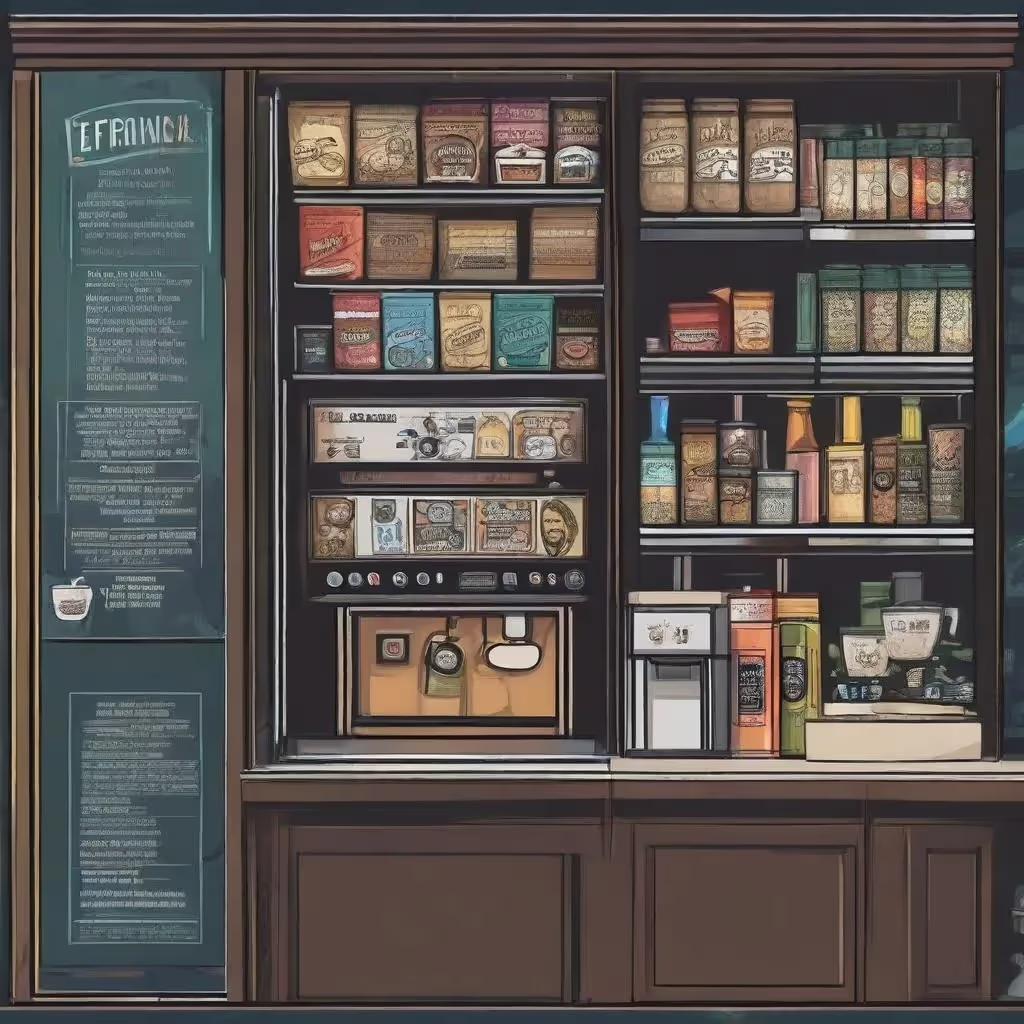TLDR
There's a reason Trader Joe's has been so successful. It's not because they sell cheap wine and exotic fruit (although that doesn't hurt). It's because they figured out how to dominate their niche by doing business their way.
You can do the same. In today's business environment, it's more important than ever to differentiate yourself from the competition. You can't just offer the same old products at the same old prices. You need to find a way to stand out and win over customers.
It won't be easy, but it can be done. The key is to focus on quality and customer service, and stay true to your values.
The Rise of Trader Joe: Inspiration From Joe Coulombe
How did Trader Joe's become the dominant player in the grocery business. After all, they're up against some serious competition. The answer? Innovation and a willingness to challenge the status quo.
This all started with Joe Coulombe, the man who founded Trader Joe's back in 1967. He was a beatnik and a food lover, and he saw an opportunity to rethink how business was done. He challenged the big guys and won, creating a grocery store that was affordable and reflected his love of Hawaiian beach culture.
What's their secret? It starts with their staff. Every full-time employee at Trader Joe's makes a salary at least equal to the area's median family income. That means that employees are treated well and are able to make a good living. And it shows in their attitude; they're happy to be there and happy to help you find what you need.
Understanding the Downside of Growing Too Big
You're probably thinking, "If it's so great, why doesn't everyone do it?" The downside of growing too big is that you can lose sight of your customers and employees. And when that happens, you can lose your edge.
It's a common mistake to think that the only way to grow is to appeal to a larger audience. But as Trader Joe's has proven, you can also win over customers by catering to their unique needs.
To be successful, you have to be creative and think outside the box. That means considering your customers and employees when making decisions, even if it means going against the status quo.
How to Identify Your Niche and Build Around It
The key to finding a profitable niche is to identify your strengths and build a plan around them that can be sustained for the long term. You need to think about what you're good at and how you can make that work for you. This might require some creativity and innovation, but it's definitely possible to find success if you put in the hard work.
Joe Coloumbe did this by applying the lessons he learned from his own business journey. It's a blueprint that can be used by anyone, no matter what your industry or business model might be.
Developing Your Unique Selling Proposition
Creating a unique selling proposition (USP) is essential to becoming a successful business. If you want to stand out from the competition, you need to find a way to differentiate yourself and make sure your customers remember you. For example, Trader Joe's created an experience for their customers that no one else could replicate. They had unique products at low prices and customer service that was unlike anything else in the industry.
To develop your own USP, think outside the box. Consider what your customers want and need, as well as how your business can challenge the status quo by rethinking how it operates. Then take it one step further and start thinking of ways to create an experience that customers will love, whether it's through friendly customer service or providing unique products that they've never seen before. Doing this is a great way to increase loyalty and build trust with your customers so they'll keep coming back.
Creative Problem-Solving Approach to Solving Challenges
One lesson business owners should consider today is to move away from using a purely analytical approach to problem-solving. It’s often easy to fall back on facts and figures when it comes to decision-making, but this is a limited approach. Nowadays, it’s important to consider customers and employees when thinking of new ideas and strategies.
The best way to do this is by taking a creative problem-solving approach. This helps businesses cut through the noise and get down to the heart of their challenges, allowing them to come up with new solutions that are tailored towards their individual needs. Tools like brainstorming can be used to generate innovative ideas that can help businesses make well-informed decisions.
The key here is for businesses to focus on the customer experience and make sure that their products serve the consumers’ needs and wants before anything else. Doing so will ensure that customers remain passionate about the product or service, which in turn can bring about additional sales for the business in an affluent niche market.
Reinvesting in Your Brand Identity for Loyal Customers
It's no secret that success starts with a great brand identity. A strong, memorable image and visual identity is essential for building loyalty with existing customers, and for gaining new customers. Joe Coulombe understood this, and he invested heavily in creating a unique look and feel to his stores.
From the Hawaiian shirts to the surf music, Joe turned Trader Joe’s stores into unique experiences which people could look forward to. He also invested in social media campaigns which helped spread word of mouth about the brand, giving him an advantage over competitors who lacked this strategy.
This investment in the brand identity definitely paid off over the years—Joe was able to build a strong customer base of affluent shoppers who appreciated his unique approach to marketing and merchandising. By continuing to invest in his image and brand identity, Joe was able to become one of the most successful retailers in the country.
Conclusion
Trader Joe's didn't become a success by accident. He applied the same principles you should use to build a successful business today. He questioned all aspects of the way he did business, and built a business around his values and identity. Most importantly, he won over a niche of passionate customers who were happy to support him.
So, how can you apply these lessons to your own business? By thinking outside the box, and taking a creative problem-solving approach. Make sure your business is built around your values and what makes you unique. And most importantly, never stop fighting for your customers.


.webp)


.webp)
.png)
.webp)

.avif)
.webp)
.webp)
.webp)

.webp)

















.svg)





.svg)
.svg)




.avif)



.avif)
.avif)
















.avif)








.avif)










